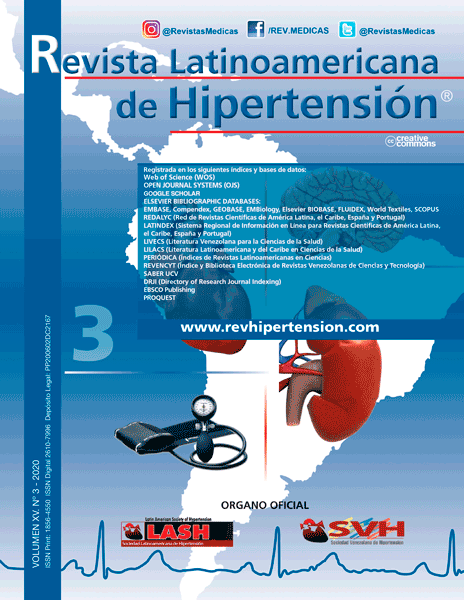Investigating the status of successful aging based on selection, optimization and compensation model and its relationship with some demographic variables in elderly population of Shiraz, southwest of Iran, 2018
Keywords:
Old age, Successful Aging, Selection, Optimization, and CompensationAbstract
Introduction and Objectives: Increasing growth of the elderly population in many developed countries has drawn attention of researchers to this age group. Thus, one of the goals of community-based health studies has always been maintaining high quality of life at old age and helping the elderly people to have a successful aging, and this will not be possible without a proper understanding of the status of the elderly people in community. The objective of this study was to investigate the status of successful aging based on Selection, Optimization and Compensation Model and its relationship with some demographic variables in the elderly population in Shiraz-Iran.
Materials and Methods: In a cross-sectional study, 197 eligible elderly people were selected by multistage cluster sampling from four districts of Shiraz in 2018. To collect the data, the short version (12 items) of the Baltes & Baltes (1999) Selection, Optimization and Compensation Questionnaire (SOC) and Demographic Questionnaire were used. Data were analyzed through SPSS 16 software and Spearman, Mann-Whitney, and Kruskal-Wallis tests.
Results: a total of 99 males (55.3%) and 80 females (44.7%) aged 60 to 97 years with a mean age of 72.4 ± 8.70 years participated in this study. Mean and standard deviation of successful aging score was 6.58 ± 3.42 [Min = 0 and Max = 12]. Based on the results, gender had no significant correlation with the mean score of successful aging and its dimensions (P value >0.05).
Discussion: However, the age variable was inversely correlated with the compensation strategy (P value = 0.048). Level of education showed a direct and significant correlation with the mean scores of all three dimensions of successful aging (selection, optimization and compensation strategies) (P value = 0.0001). Based on the results, there was an inverse and significant correlation between marital status and mean score of optimization and compensation (P value = 0.008). The number of children was also significantly correlated with change-based selection and overall successful aging (P value = 0.007 and P value = 0.043; respectively).
Conclusion: Based on the results, the studied elderly people accounted for more than half of the score of successful aging. Successful aging scores were significantly correlated with variables such as age, level of education, marital status, and number of children. Hence, it is recommended to pay more attention to these variables in future research and planning.
